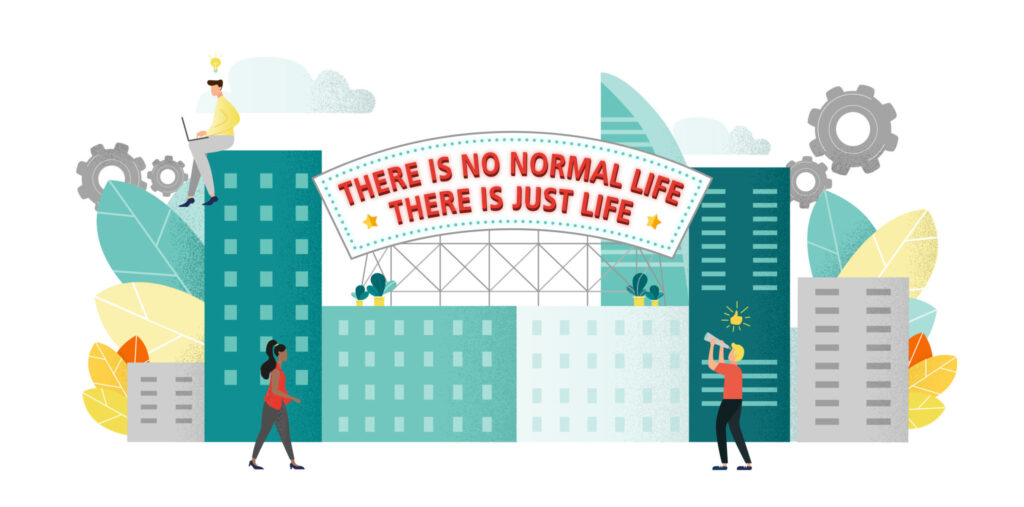There is no normal life – just life
Managers and employees in start-ups, SMEs, large corporations and other organisations are anticipating the return to “normal” life and work. After many weeks of “lockdown” this is totally understandable. At the same time, the desire for “normality” can prevent us from seizing the opportunity that presents itself. The weeks in a state of emergency have taught us what we can do, only if we want to, because we have to. We were given a crash course in innovation, flexibility and digitalisation. The lesson was long overdue.
Now that we have “had to”, it is time to pause and learn very consciously. How about we decide for ourselves what we want to change? A lot of new things worked surprisingly well. Other things we missed, or did not work. We must now evaluate and courageously decide how we want to live and work together in the future.
The latent danger
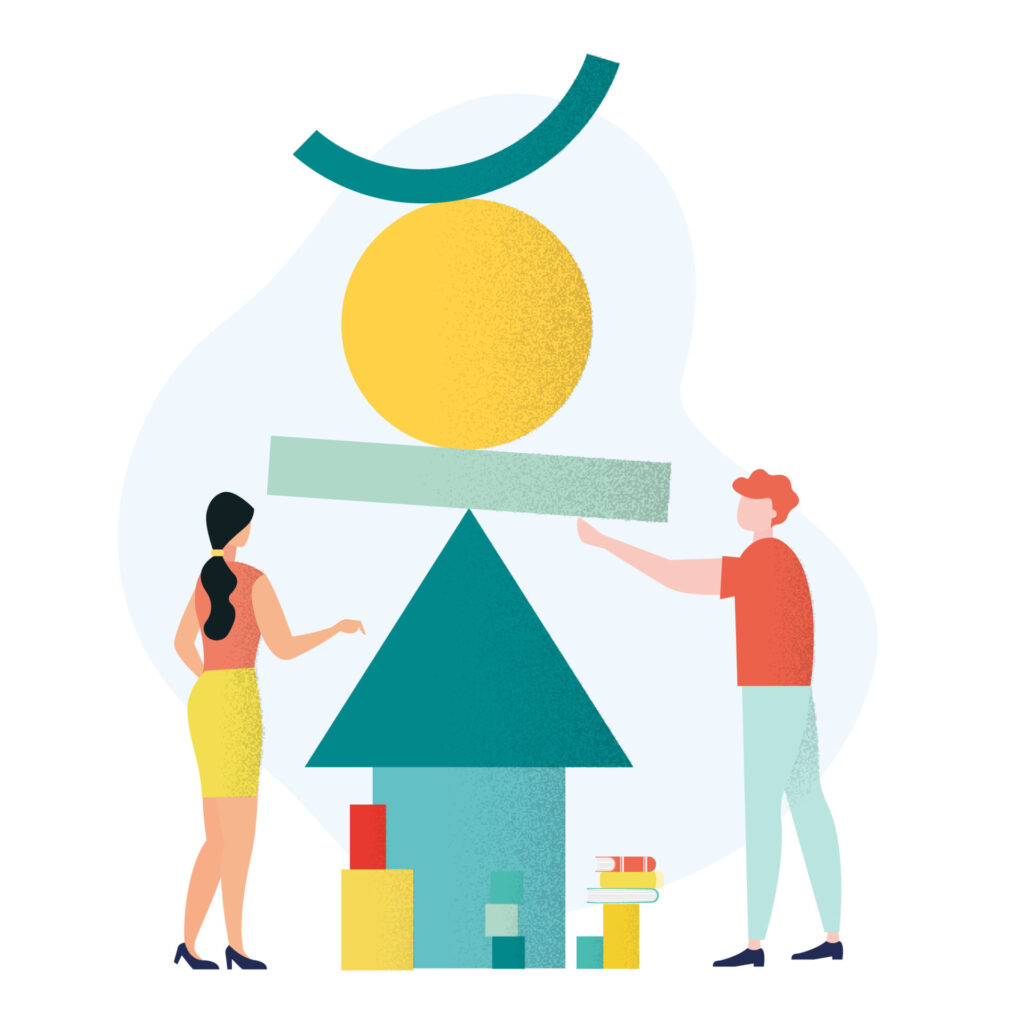
There is a great danger lurking in the current transition: Normal Life. Many people want to return to the “old normal” as quickly as possible. Back to what is familiar and, psychologically speaking, gives us a feeling of security. That too, is understandable, but it does not help us achieve our goals. We have just experienced a state of great uncertainty. What we have done is great. We have shown resilience, shared generously and supported our neighbours and community. We dealt with the crisis situation together, were creative, agile, innovative and adapted very quickly. This means that we already have the skills needed to move successfully into the future.
It is dangerous if we do not learn to actively shape unknown or new situations. Life offers no real security. VUCA has been around way before March 2020. We have to learn (and I really use this word very rarely) and internalise that things are constantly changing. It is not that we are experiencing a transformation now and then everything is “good” and “normal” again. No, transformation is the new “normal”. To accept this is an important starting point, relaxes us and calms our limbic system.
Define “normal” individually
Normal is officially defined as follows: in accordance with the norm; in accordance with the regulations, in the way [procured, designed] as the general opinion imagines it to be the usual, correct thing.
What is considered “normal” depends on the context and the people who define it. Normal is subject to constant change and adapts to the time and society in which we find ourselves.
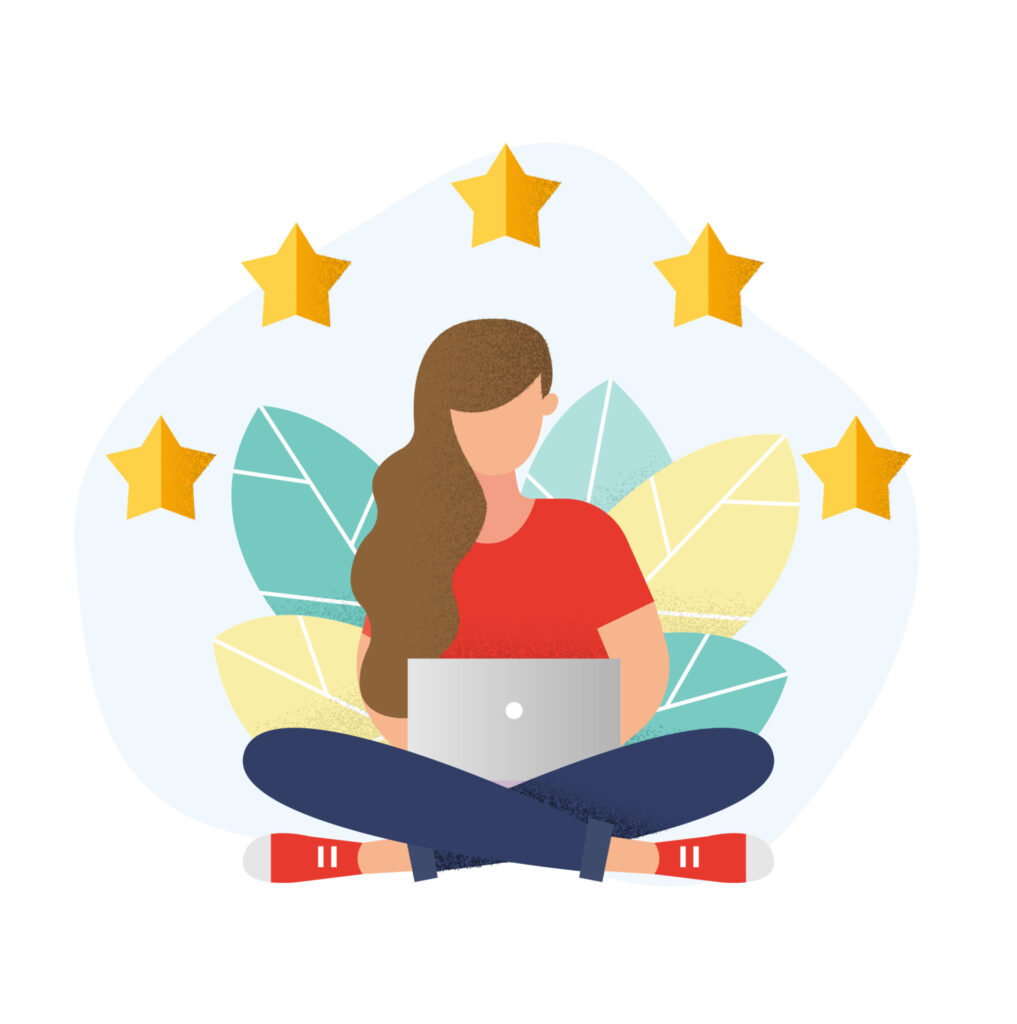
Today’s organisational structures and professional manners are largely outdated. Many still orientate themselves on a hierarchical model, which is about 2,500 years old and originates from Plato’s ideas (Plato “the Rebublic) : a group of few (philosopher kings) thought they knew how things would have to go. In Plato´s mind still with the best intentions for the people. The Executive (Guardians) gave the instructions, received from “above” to the “ordinary people” and controlled them. By the way, the “ordinary people” were the workers, farmers and all women. This was long understood as “normal” and maybe it is still so. For example, 100 years ago it was normal that women were not allowed to study, let alone have access to leading positions. Today, at least in many cultures, it is normal for women to study. Women in leadership positions – well, we are probably still behind. There, the idea of normal still has to change significantly. Home offices in banks or insurance companies were not normal until a few months ago. Suddenly it is possible. One of the largest banks here in Switzerland now officially wants to introduce a home office day once a week.
And what about: “flexible working hours so that families can have more time together”, “trust that employees will work even when they are not physically present”? It is up to you to define what will be “normal” in the future.
Creating a picture of the future
In the last few weeks a vision has opened up before our eyes: “Wow, we work really efficiently from home, we get so much done”, “these online meetings are much more structured than usual when we meet physically”, “I don’t want to spend two hours in traffic jams anymore”, “home office was forbidden in our company and now we realize that we and the employees from home are doing more than we could have imagined in our wildest dreams”. These are all statements from employees and managers whom I interviewed in April 2020 as part of a project for “mental health in the home office ” (https://www.itsteamtime.ch/en). Many people saw what this new life and work could look like.
A recently published survey in Switzerland says that more than 70% of those who could work in a home office want to do so in the future. Many of us want to do that now and it doesn’t need a fateful intervention anymore. Employees and managers have the task of deciding whether and how this is feasible.
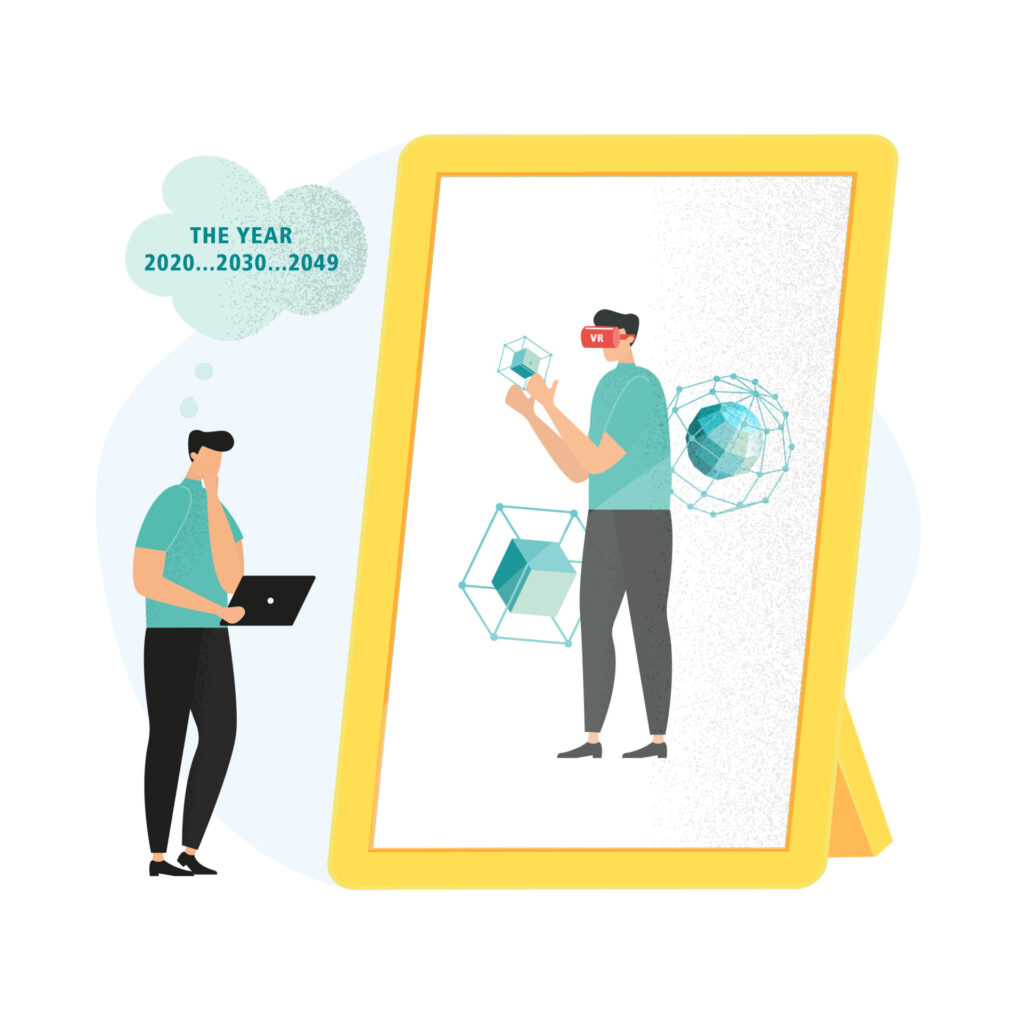
Certainly, with the best of intentions, some companies are already providing answers and are considering, for example, introducing 20% (one day a week) home office for all employees. I ask myself: will this enable the best possible form of work for a given situation? Does this foster self-responsibility and flexibility, which is so necessary in these times? To me, it looks more like staying in hierarchical thinking and thus transferring an old, rigid system to the new situation.
Consciously or unconsciously, we will follow the vision of the future that we are creating now. Our brain is looking for something where it can think to. It needs a vision that is as clear as possible. Take the time to draw your “picture of the future” with your employees and colleagues in the most dazzling colours.
Awareness
There are many wonderful ideas and models that can already be implemented in concrete terms as to how we can do business in a people-oriented, responsible and efficient way for the benefit of all. It is up to us to decide what we take with us into the new world. What do we learn from the time when we were locked into our home offices?
Now it is time to pause, think and shape together how we want to continue. To give superficial and quick answers would be fatal.

The questions go far beyond the behavioural level and lie in the area of values, feelings and needs.Yes ,it is also good to discuss from where we can work best: from home, in a café, in the co-working space or the office, and also which digital tools we will use in the future.
But the crucial questions are: why do we exist as an organisation? Who do we want to be? How do we want to work and interact with each other? In which organizational culture and structure can and will we be happy? What is important for us as a company and at the same time supports society? How do we want to arm ourselves for a future in which everything is spinning faster and faster and everything is becoming more and more complex? Don’t just scratch the surface. Use the opportunity for fundamental change.
Where could all this go…
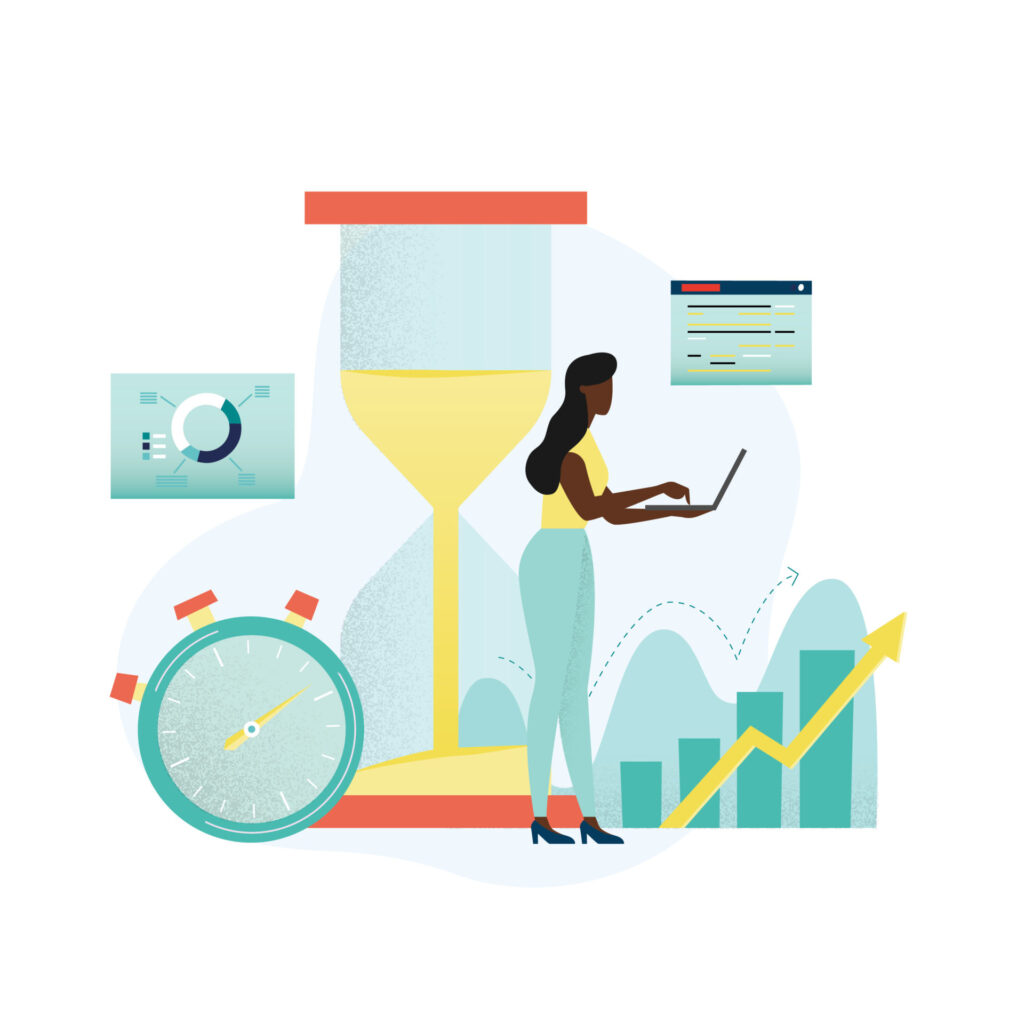
A lot of things are probably going in the direction of self-responsibility and self-organisation. Suddenly, employees were forced and allowed to take on more personal responsibility and they did so. Many have found that they can work well if they can organise themselves. On the other hand, many of us did not find an end and worked day and night. We can certainly still learn to set our own boundaries. Responsibility also means taking care of oneself.
Also, we have looked into each other’s “private life”. Suddenly the children, the cat, the dog, the partner or the life companion appeared on the screen. We saw the living room and the guitar on the wall revealed an unknown side of our colleagues. That would be nice for the future: the ability to be completely human. Let us bring all of our self along – from home to the office.
Window of opportunity
Often a certain “chaos” opens a window for profound change. Soon the “old powers” come back and the window closes. That´s why it is so important to act now. But beware: a 10-point plan that a consultant draws up for you cannot be sustainable. The answers do not lie outside your organisation, but right under your “nose”. You, your colleagues and employees already have the knowledge. The “treasure” just needs to be lifted.
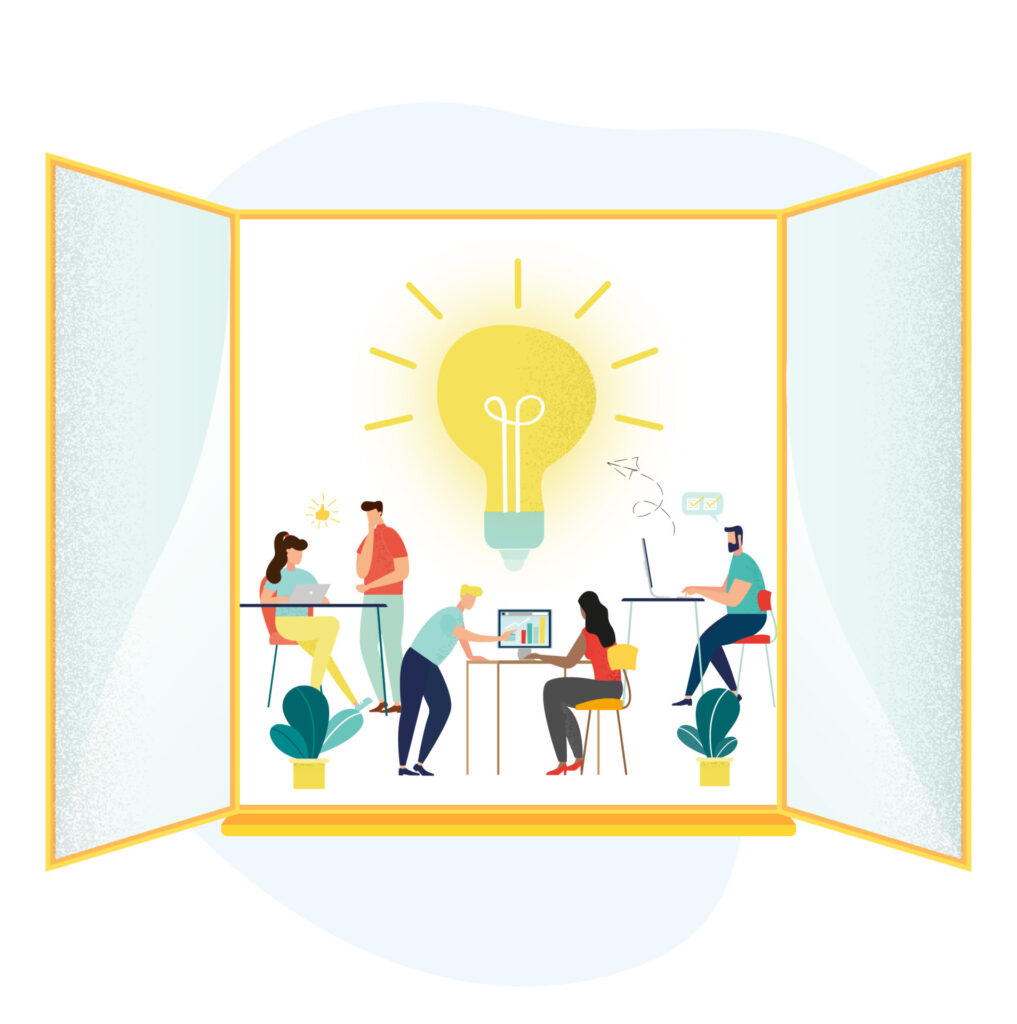
Initiate workshops. Digitally or physically. Come together and collect the ideas and solutions that are hidden as “rough diamonds” in your organisation. Decide what you want to focus on and then get going: use the skills you have just experienced so wonderfully and just give it a try. Just do it. Then observe whether you like it. If not, adjust and continue. Then observe again, adjust and so on. That’s how you do it with everything you have newly created. It’s really fun!
The future is not given. The future is negotiable and shapeable. Create now your new and yet eternally changeable “normal life”.
Small steps to change…
Here we give you guidance and support for conscious reflection and for workshops in which you plan your future as a team.
From home to the office with Service Design:
Step 1: Pause and reflect together
Step 2: Define which ideas you would like to implement first
Step 3: Collect ideas on how these ideas can be put into practice
Step 4: Concretize ideas by creating a prototype
Christian A. Herbst is skilled in solution focused short therapy, has a Masters in Coaching, and works in organizational development.
